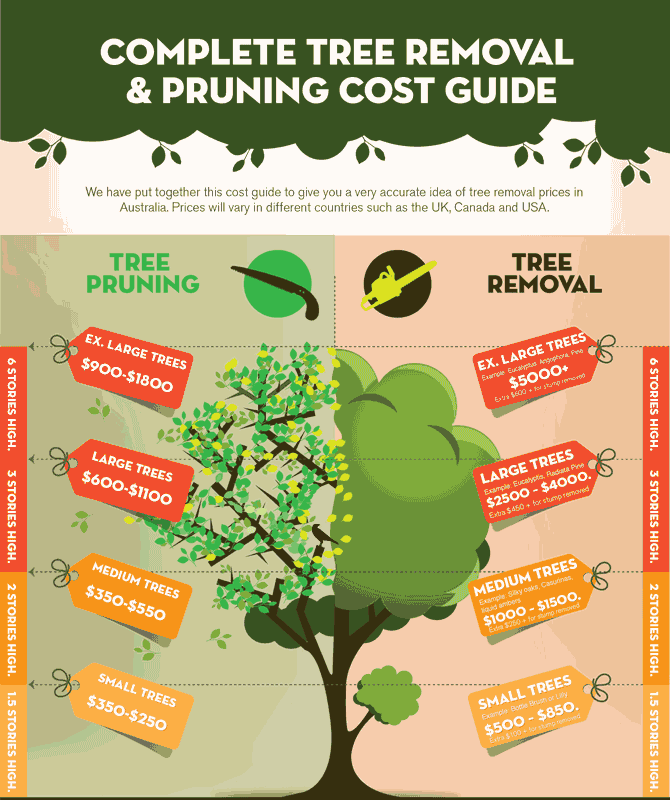When it involves seasonal tree treatment, guaranteeing correct management before and after removal can considerably impact the health and aesthetic appeals of your landscape. By understanding the essential actions associated with analyzing tree health and getting ready for removal, you can proactively guard your residential property. However what about the critical techniques to comply with once the tree is gone? Stay tuned to discover the crucial post-removal care procedures that will certainly aid you grow a growing and sustainable setting for your trees.
Pre-Removal Tree Care
Before attending to the elimination of a tree, it's vital to focus on pre-removal tree treatment. Begin by evaluating the tree's health and structural honesty. Try to find indications of illness, parasite infestations, or any structural concerns that might position a safety risk during elimination. It's necessary to consult with a qualified arborist to identify the most effective course of action.
Pruning dead or infected branches can protect against more damages to the tree and make certain a smoother elimination procedure.
Additionally, take into consideration the environmental impact of eliminating the tree. Trees play an important role in our community, so planting a new tree in an ideal area can help counter any loss. Guarantee that you have the needed authorizations and authorizations for tree removal, specifically if the tree is protected by regional policies.
Seasonal Upkeep Tips
Evaluating your tree's needs throughout the year is crucial for its health and durability. To maintain find out here in top condition, comply with these seasonal maintenance suggestions.
In springtime, concentrate on trimming to get rid of dead or damaged branches and encourage new development.
Summer asks for regular watering, specifically during droughts, to guarantee your tree stays hydrated.
As loss approaches, watch out for early indications of disease or stress and anxiety, and consider using compost to secure the roots during winter season.
In winter season, be cautious when eliminating snow from branches to stop damage, and remain to monitor your tree's total wellness.
Bear in mind to adjust your care routine based upon the specific requirements of your tree types and regional climate. By staying alert and positive throughout the periods, you can aid your trees thrive and thrive for many years to find.
Post-Removal Tree Care
To make certain the health of your landscape also after tree elimination, appropriate post-removal treatment is crucial. After a tree is removed, it's important to load the remaining hole with topsoil and portable it to stop settling. This will aid maintain the integrity of the ground and prevent potential threats in the future.
Take into consideration growing brand-new greenery in place of the removed tree to bring back the equilibrium and appearances of your landscape. Regularly water the location to advertise the development of brand-new plants and avoid soil disintegration.
Check inter maintenance bordering trees for any indicators of illness or stress that might have been caused by the gotten rid of tree. Watch out for insects that could've been brought in to the previous tree and take preventive measures to secure the continuing to be plants.
If essential, speak with a professional arborist to examine the influence of the removal on the bordering trees and establish any type of extra care required. By adhering to these post-removal treatment actions, you can make certain the continued health and wellness and appeal of your landscape.
Conclusion
In conclusion, aggressive seasonal tree treatment is crucial for keeping the wellness and balance of your landscape. By examining tree health, trimming, and speaking with an arborist before removal, you can make certain a risk-free procedure. After removal, loading the hole, planting new vegetation, and routine watering will promote new development and stop erosion. Bear in mind to examine surrounding trees for disease and seek more treatment steps from an arborist to keep your landscape growing.
